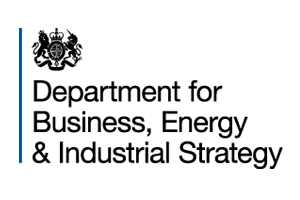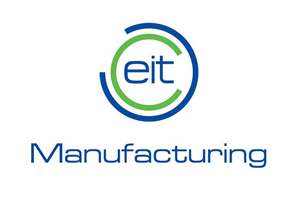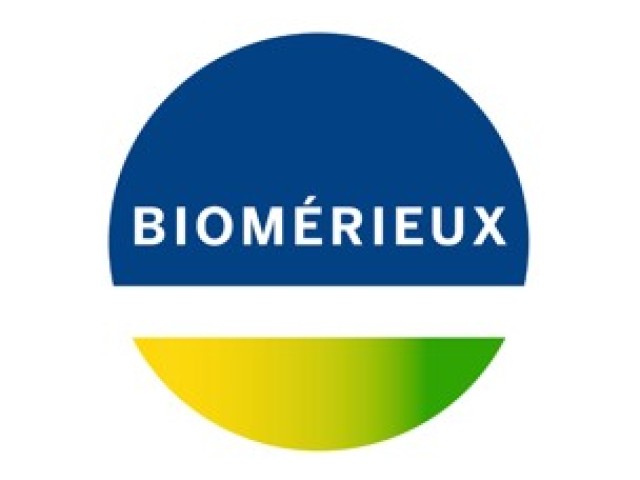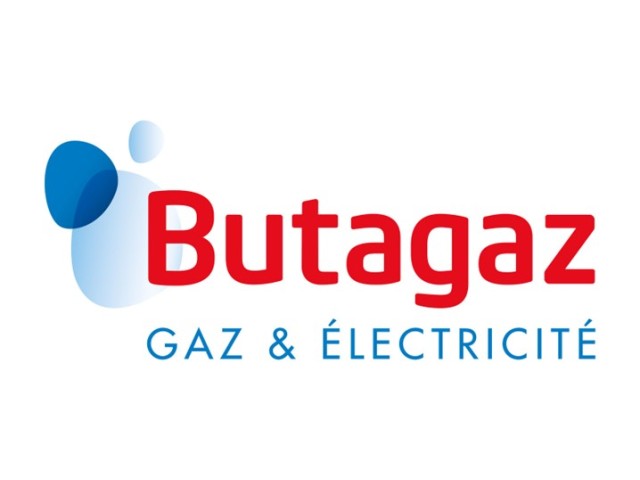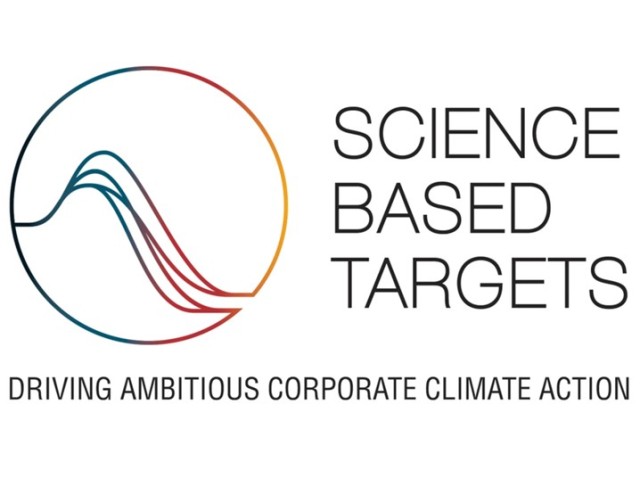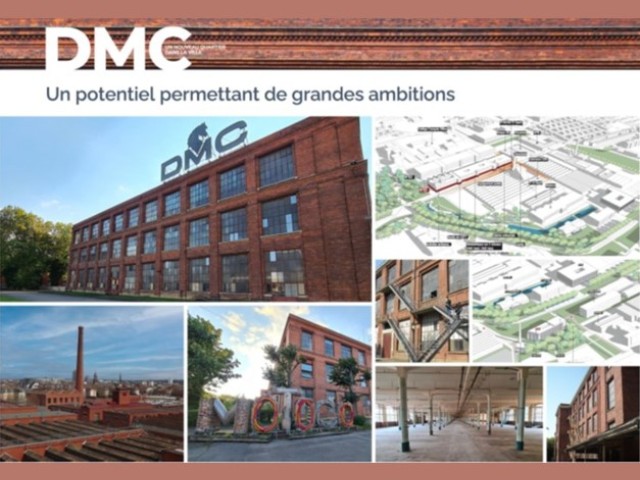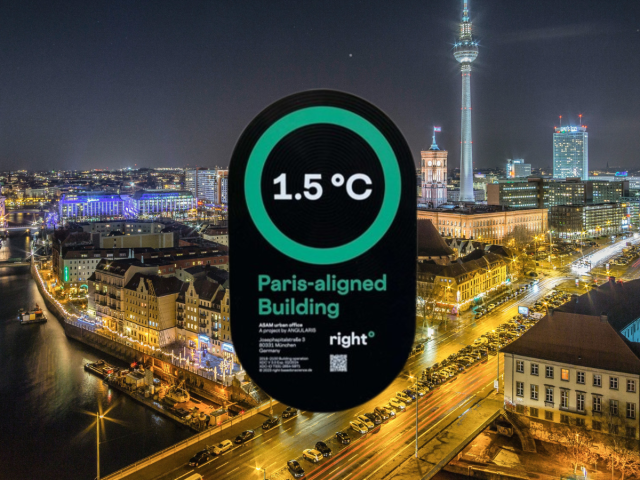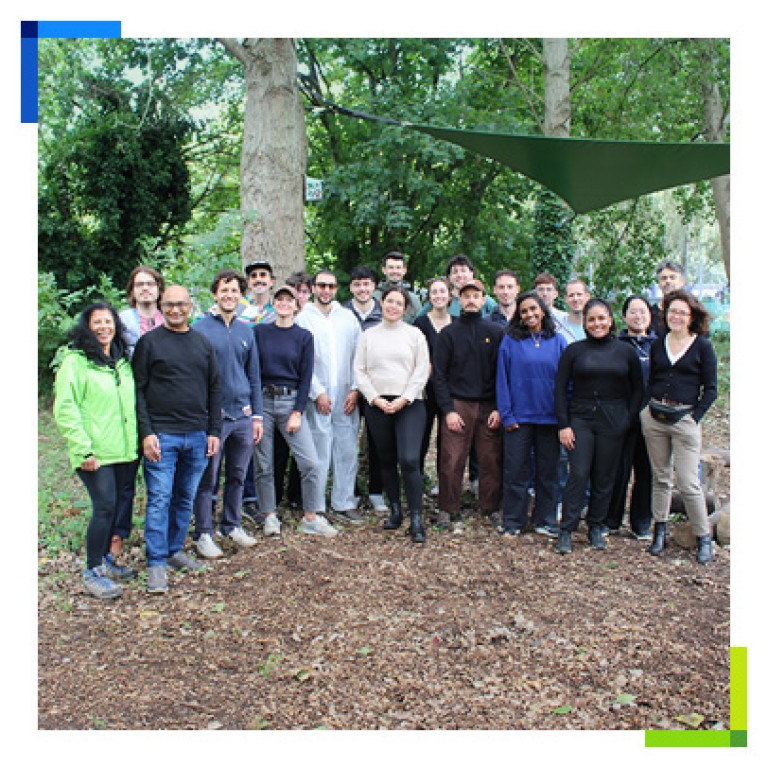
We co-create positive futures
Urbanomy is EDF Group's strategic energy and climate consultancy, launched in 2020.
Our consultants, based in France, the UK and Germany, help public and private sector organisations to accelerate their climate transition.
What sets us apart? Our technical expertise in energy, our demonstrated knowledge of what works and what doesn't, our strong links with EDF's R&D, as well as an international mindset.
All this ensures that our recommendations and action plans are tailor-made, ambitious, practical and carefully scheduled. Always closely co-developed with our customers.
Our key figures
-

2020
Urbanomy established
-

2 offices
London and Paris
-

50+ clients
They trust us
Our latest references and news
Our areas of activity
We support organisations at various levels for high-stakes strategic projects: executive committees, business units and subsidiaries.
We also facilitate change management and develop roadmaps and action plans with stakeholders. We notably work with the following industries:
■ aeronautics ■ automotive ■ energy ■ events ■ finance & investors ■ food & beverage ■ health & pharmaceutical ■ leisure & tourism ■ manufactured goods ■ non-profit ■ raw materials ■ real estate ■ research institutes & universities ■ tech & business services ■ transport ■ local authorities ■ government & public bodies










